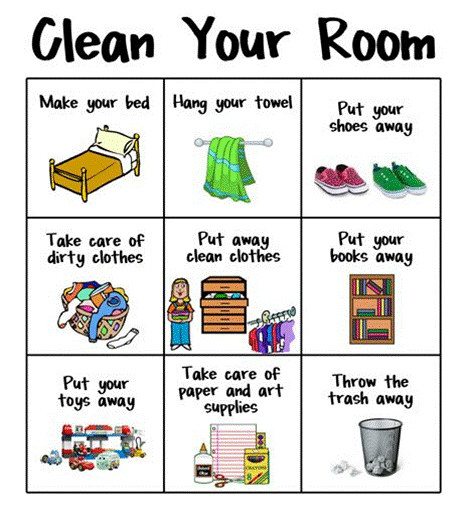Using visual supports
If you check out the Resources page you’ll come across a section called Visual Supports. ‘Ooo, they look pretty,’ you think (or you don’t think this, that’s ok too), ‘but what on earth are they and what are they for?’
‘What on earth are they and what are they for?’
Also called Visual Aids, these are charts, routines, and schedules that might help you in your parenting. Sometimes our attempts at communication fall flat because our child ‘hears’ better with their eyes. Sometimes our child can’t communicate as well as they would like to or need to because they have a speech issue that’s stopping them. And sometimes our child needs support to achieve particular tasks, or understand what’s expected of them. There are actually a heap of reasons why visual supports might be used in the home. Chances are, you might even be using some at this very moment! Do you have a reward chart or chore chart or a calender on the wall? These are types of visual supports.
‘So, I just stick a chart on the wall and get on with life, right?’
Wrong! Well, almost wrong. You COULD just do that if you like but it’s likely to prove futile. Better if you understand what that chart is there for, whether it’s even the right chart to use, and how to best implement it to enhance it’s chance of success. And this is exactly why I took the (long) time to write you a ‘how-to’ guide on using visual supports. You’ll also find this on the Resources page, though under the info section.
‘But isn’t this the therapist’s job?’
A therapist can help you be a better parent, and help support a child to achieve their potential, however YOU are the parent. It’s your responsibility to be the best parent you can be, and visual supports can easily become a part of your tool box. They’re really not that hard to create and use, and if I can do it (and I’ve done it a lot) then so can you!
‘Where can I find these handy-dandy resources again?’
Go and check out the Resources page and have a read of the guide if you’re keen. Feel free to print and laminate any visual supports that you think might be useful in your parenting. Meanwhile, I’ll keep adding more as I create them. Alternatively you buy visual resources from places such as Little Tick Creations, create them yourself, or steal them off someone else’s wall when they’re not looking (kidding… Perhaps ask them for a copy).
So, what visual supports do you use for your children? What do you think you might try?
